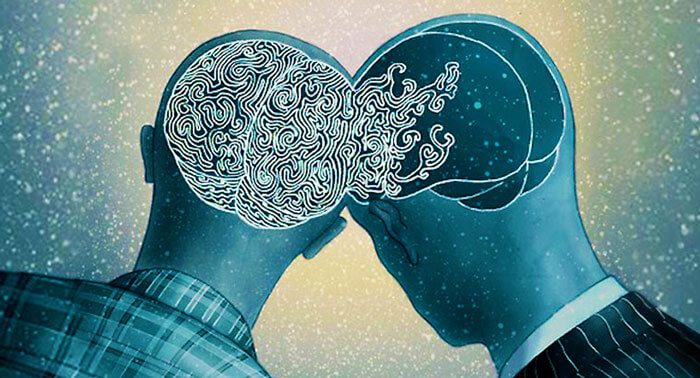

The Wall Street Journal 's Mark Richardson described the genre as intensifying the "artificial" tropes of popular music, resulting in "a cartoonish wall of noise that embraces catchy tunes and memorable hooks. Common features include vocals that are heavily processed metallic, melodic percussion sounds pitch-shifted synths catchy choruses short song lengths and "shiny, cutesy aesthetics" juxtaposed with angst-ridden lyrics. Hyperpop reflects an exaggerated, eclectic, and self-referential approach to pop music and typically employs elements such as brash synth melodies, Auto-Tuned " earworm" vocals, and excessive compression and distortion, as well as surrealist or nostalgic references to 2000s Internet culture and the Web 2.0 era. "Digicore" and “Glitchcore” are contemporaneous movements that are sometimes conflated with "hyperpop" due to its overlapping artists. The movement is often linked to LGBTQ+ online communities, and many key figures identify as transgender, non-binary, or gay.

The genre spread within younger audiences through social media platforms, especially TikTok. Music associated with this scene received wider attention in August 2019 when Spotify used the term "hyperpop" as the name of a playlist featuring artists such as Cook and 100 Gecs.
#Hyper definition Pc#
Cook's record label and collective PC Music and its associated artists such as Sophie and Charli XCX. ĭeriving influence from a varied range of sources, some origins of the hyperpop scene are commonly traced to the output of English musician A. It is characterized by a maximalist or exaggerated take on popular music, and artists within the genre typically integrate pop and avant-garde sensibilities while drawing on themes commonly found in electronic, hip hop, and dance music.

Hyperpop is a loosely-defined music movement and microgenre that predominantly originated in the United Kingdom during the early-to-mid 2010s.


 0 kommentar(er)
0 kommentar(er)
